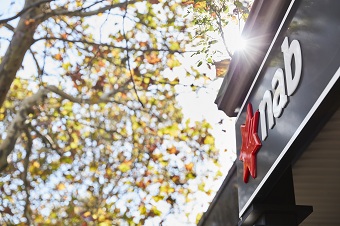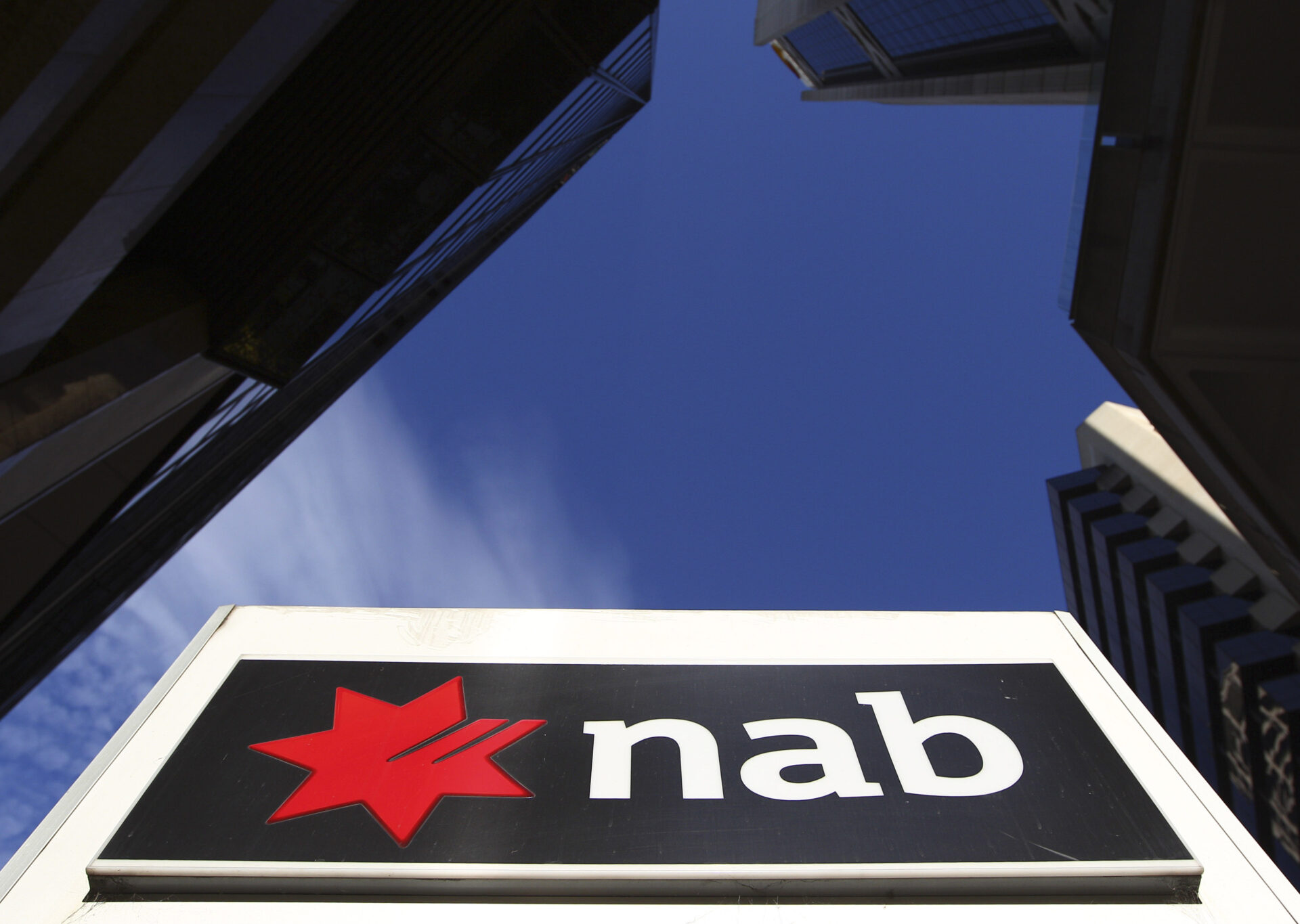We will see a strengthening in the economic growth of most states and territories in 2017-18, according to new forecasts released by NAB Economics today.
The bi-annual NAB State Economics Handbook provides a state-by-state breakdown of business conditions, construction and investment data, consumer spending indicators and labour force data, as well as forecasts for economic growth (“Gross State Product”) and the unemployment rate.
All regions, excluding the Northern Territory and the ACT, are expected to experience lower unemployment.
NAB Group Head of Australian Economics, Riki Polygenis, said that the outlook was positive for most of Australia.
“There are signs of the gradual non-mining recovery becoming more synchronised across the states and territories,” said Ms Polygenis.
“It’s an interesting cross-section of data, with Victoria the strongest growing state. Victoria’s diverse industry base, infrastructure spending and strong population growth have underpinned above-national-average economic growth in recent years. Victoria is likely to grow the fastest again in 2017-18.”
“Non-mining investment and infrastructure spending will also drive strong growth in NSW in 2017-18 as dwelling construction peaks at a high level,” Ms Polygenis added.
“Tasmania has been enjoying quite a revival over the past couple of years, with strong tourism and agriculture pushing growth in state final demand from below the national average to at or above the rest of Australia.”
“Western Australia and Queensland are likely to enjoy the benefits of LNG exports, particularly in 2017-18. State final demand is also recovering in Queensland, and we are likely to see some greater stability in domestic spending in WA as large LNG projects finish up.”
High level summary of key findings:
The Nation:
- Victoria will edge out NSW and perform strongly, benefiting from population growth, job growth and investment.
- Tourism spending (both domestic and international) and education exports will continue to expand in most states, particularly if forecasts for renewed AUD depreciation prove correct.
- The gradual non-mining recovery is becoming increasingly synchronised across the nation.
- Economic growth in most states is expected to strengthen in 2017-18 as dwelling investment and LNG exports peak.
- The unemployment rate is forecast to decline in most states and territories with the exception of the ACT and the NT.
ACT:
- The economy will continue to expand at a healthy pace, albeit more moderately than in the past few years
- Joblessness to increase but, with the Northern Territory, will still lead the country in terms of unemployment.
NSW:
- Non-mining business investment, infrastructure spending and services spending will support growth as dwelling construction peaks.
- Government infrastructure spending will run at record levels.
NT:
- Joblessness to increase but, with the ACT, will continue to lead the country in terms of unemployment.
- Consumer spending is strongest in the NT, but is likely to weaken as population growth slows.
QLD:
- Queensland will experience very strong growth in 2017-18 as exports surge.
- The economy will continue to transition post the resources investment boom towards more broad based growth.
SA:
- South Australia, with Tasmania, boasts the strongest business conditions.
- Government infrastructure spending will run at record levels.
TAS:
- Tasmania, with South Australia, boasts the strongest business conditions.
- Strong tourism and agriculture growth is pushing growth from below the national average to at or above the rest of Australia.
VIC:
- Business investment, infrastructure spending, and services spending will support growth as dwelling construction peaks.
- Government infrastructure spending will run at record levels.
WA:
- The headwinds from the mining sector continue to be felt across the state, although there are some encouraging signs.
- WA will experience strong growth in 2017-18 as exports surge.
To view more detail, visit this link:
https://business.nab.com.au/state-economic-handbook-october-2017-26700/
Find out about how NAB is backing communities.




